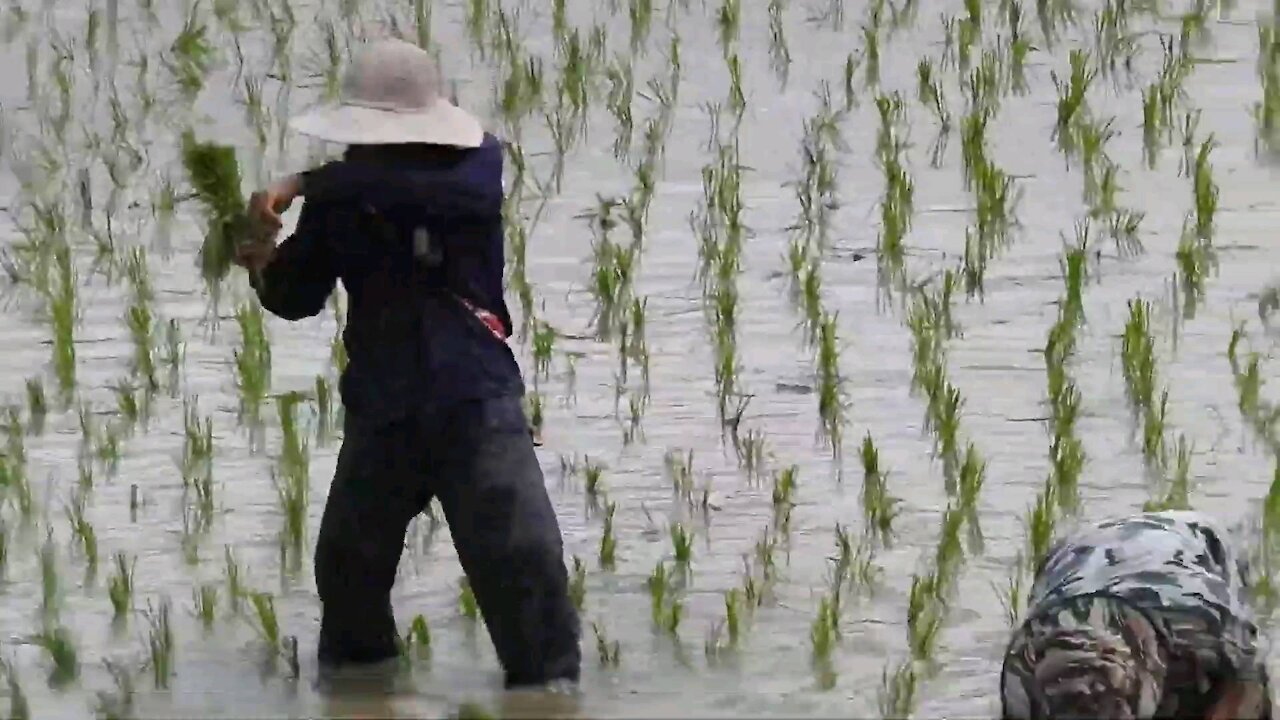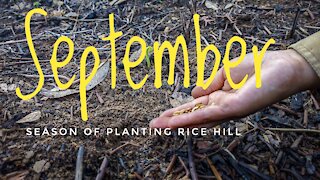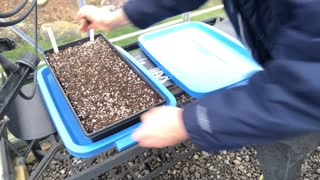Premium Only Content

Why Does Rice be Sowed in Wet Areas?
With the exception of the type called upland rice, the plant is grown on submerged land in the coastal plains, tidal deltas, and river basins of tropical, semitropical, and temperate regions. The seeds are sown in prepared beds, and when the seedlings are 25 to 50 days old, they are transplanted to a field, or paddy, that has been enclosed by levees and submerged under 5 to 10 cm (2 to 4 inches) of water, remaining submerged during the growing season. In hilly areas rice farms are commonly terraced to keep the paddies flooded at various elevations. Successful rice production depends on adequate irrigation, including construction of dams and waterwheels, and on the quality of the soil. Long periods of sunshine are essential. Rice yields vary considerably, ranging from 700 to 4,000 kilograms per hectare (600 to 3,500 pounds per acre). Adequate irrigation, which means inundation of the fields to a depth of several inches during the greater part of the growing season, is a basic requirement for productive land use.
In Asia the paddy is cultivated in three main types of soil, including clays with a firm bottom within a few inches of the surface; silts and soft clays with soft bottoms becoming hard on drying; and peats and “mucks” containing peat, provided the depth of the peat is not excessive. Fields must be drained and dried before harvesting. When combine harvesters or binder threshers are employed, the grain must be dried to about 14 percent moisture so that no deterioration takes place in storage. When reaper binders are used, the crop is “shocked” in certain ways so that the grain is protected from rain.
-
 1:37
1:37
Expert Videos Magnetic Media
3 years agoDolphin kisses a little girl and brings her a gift
46244 -
 5:31
5:31
Berkeley Chefs
3 years ago🥗🍚🥦The Amazing HEALTHY and EASY Cruciferous Veggie Rice
141 -
 10:01
10:01
americatoday
4 years agoAmazing Yellow Chicken Rice Cooking Recipe - Cooking With Sros
85 -
 5:35
5:35
The Monday Farmer
3 years agoSeptember Season of Planting Rice Hill | The Beginning of Becoming Real Farmer
36 -
 0:10
0:10
Flower3
4 years agoAmazing water waterfall
122 -
 1:32
1:32
mgrieve
3 years agoPlanting Baby Greens
93 -
 2:05
2:05
HeartTOHeart
3 years agoAmazing! YES Perfectly Amazing
1121 -
 5:21
5:21
bittonasher
3 years agoPlanting tomatoes for free
16 -
 2:05:37
2:05:37
Matt Kohrs
16 hours agoStocks Puke, Breaking News & BIG Updates || The MK Show
57.3K3 -
 51:57
51:57
Dad Dojo Podcast
3 hours ago $2.09 earnedEP15: The Bronny James Debate 2
24.5K